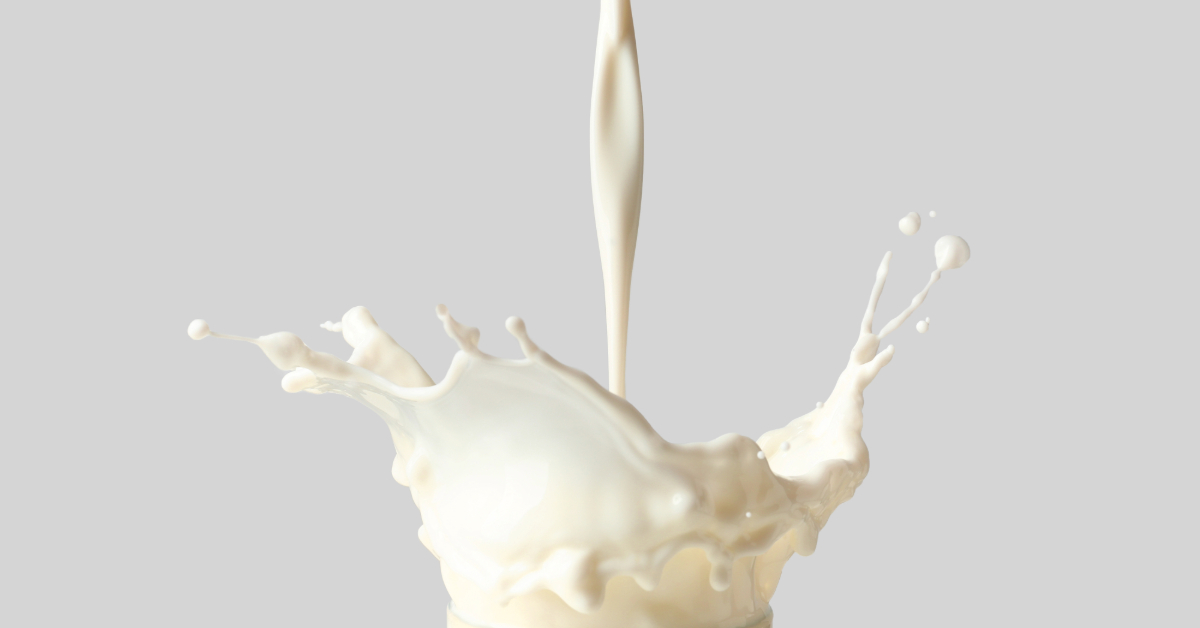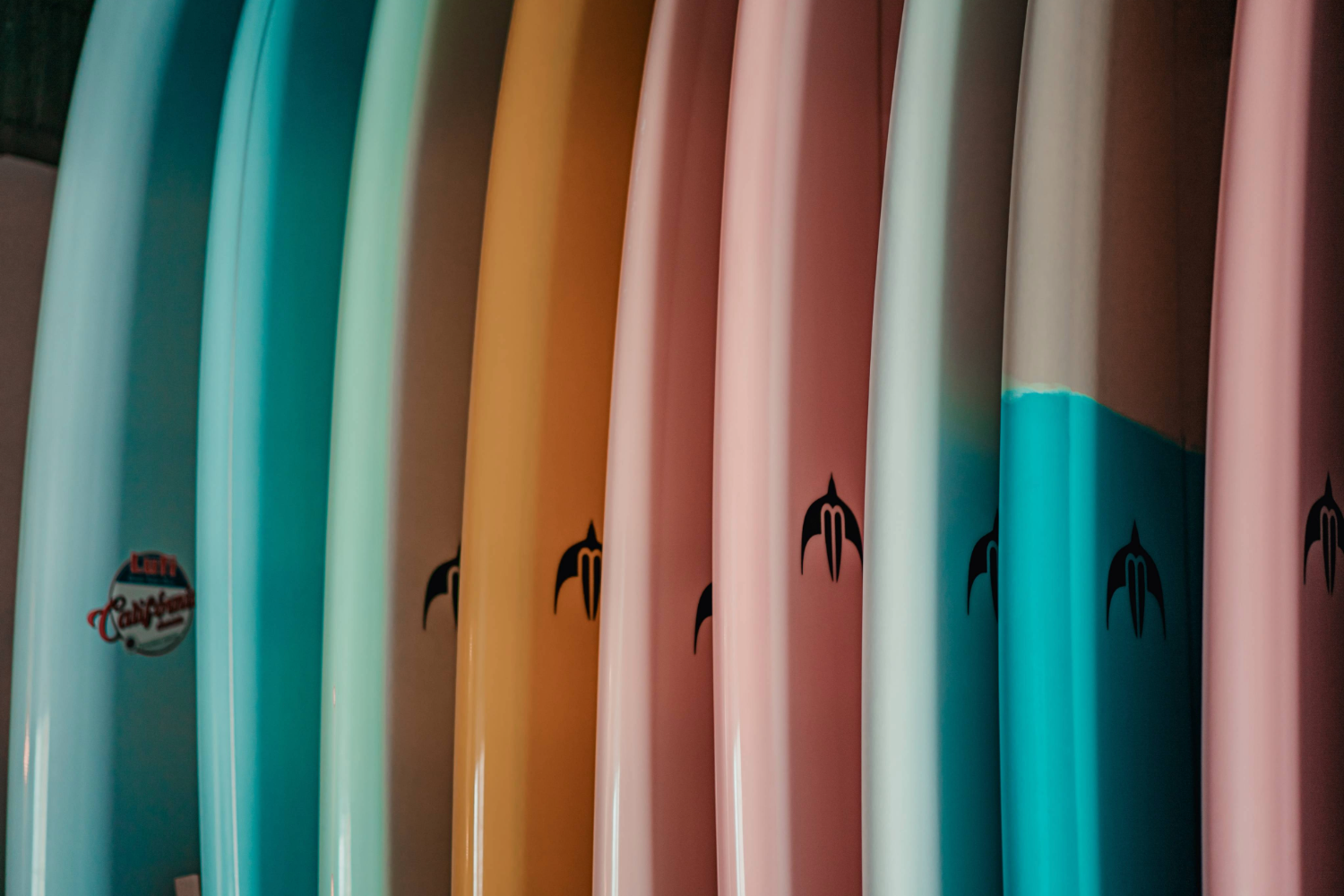
Dydra Donath breaks down the new regulation the EU has placed on spirit drink trademarks. Article originally published in the Trademark Lawyer. Read the original article here.
Spirit drinks are one of the most important export goods of the European agricultural and food industry and, with a volume of more than 10 billion Euros, accounted for 8% of total European agricultural and food exports in 2016. In order to develop the spirits sector, the European Union introduced a legal framework with the aim of regulating the production and labelling of all spirit drinks produced in and imported to the EU with the adoption on 15 January 2008 of Regulation (EC) 110/2008 on the definition, description, presentation, labelling and the protection of geographical indications of spirit drinks. This Regulation applies to all spirits, whether produced in an EU country or in a third country.Due to the entry into force of the Lisbon Treaty, the European Commission began adopting the rules on agriculture and proposed on December 2016 to adapt the existing rules to reflect the newly introduced distinction in secondary legislation between delegated and implementing acts and to improve the protection of Geographical Indications (GIs) of spirit drinks, in line with the developments in the management of GIs for foodstuffs and rules on wine set out in the Common Market Organization Regulation.
The new Regulation (EU) 2019/787 of the European Parliament and of the Council on the definition, description, presentation and labelling of spirit drinks, the use of the names of spirit drinks in the presentation and labelling of other foodstuffs, the protection of geographical indications for spirit drinks, the use of ethyl alcohol and distillates of agricultural origin in alcoholic beverages, and repealing Regulation (EC) No 110/2008 has been published on 17 April 2019. This Regulation entered into force on the seventh day following that of its publication and it shall apply from 25 May 2021.
As it is apparent from the recitals, the rules of the Spirit Drinks Regulation should contribute to attaining a high level of consumer protection, removing information asymmetry, preventing deceptive practices and attaining market transparency and fair competition. Moreover, they should safeguard the reputation which the Union’s spirit drinks have achieved in the Union and on the world market by continuing to take into account the traditional practices used in the production of spirit drinks as well as increased demand for consumer protection and information.
Some key points of the new Regulation are the following
- The clarification of the rules for the production and labelling of most categories of spirit drinks, including maximum limits for sugaring.
For example: To take into account consumer expectations about the raw materials used for vodka especially in the traditional vodka-producing Member States, in particular Poland and other East European countries, adequate information should be provided on the raw material used where vodka is made from raw materials of agricultural origin other than cereals or potatoes or both. Such other raw materials are for example sugar beet molasses, grapes, fruit mixture, soya, whey or grape marc.
Fruit spirit, for example, may be sweetened in order to round off the final taste. However, the final product may not contain more than 18 grams of sweetening products per liter, expressed as invert sugar.
- The improvement of the labelling rules applicable in cases where protected spirit names are used together with other food names, such as in composite names (e.g. Liqueur from Whisky or Liqueur from base of Whisky) or allusions (Liqueur refined with Whisky), including mixtures of spirit drinks.
Art. 12 of the new Spirit Drinks Regulation provides that in the presentation and labelling of a foodstuff other than an alcoholic beverage, an allusion to legal names provided for in one or more categories of spirit drinks set out in Annex I, or to one or more geographical indications for spirit drinks, shall be authorized on condition that the alcohol used in the production of the foodstuff originates exclusively from the spirit or the spirit drinks referred to in the allusion except as regards the alcohol that may be present in flavorings, colors or other authorized ingredients used for the production of that foodstuff.
- Creation of a register with the supervisory bodies in the Member States
According to Art. 33 of the new Spirit Drinks Regulation, the European Commission will adopt by 8
June 2021 delegated acts in accordance with Art. 46 supplementing this Regulation by establishing a publicity accessible electronic register, which is kept up to date, of geographical indications of spirit drinks recognized under this scheme. Geographical indications shall be entered in a register in which spirit drinks are identified as a product of a State, region or locality in the territory, a particular quality, reputation or other characteristic of which may be essentially attributed to their geographical origin.
- Extended protection of spirit drinks with geographical indications
According to Art. 21 (2) of the new Spirit Drinks Regulation geographical indications protected under this Regulations are protected not only against any direct or indirect commercial use of a registered name in respect of products not covered by the registration where those products are comparable to the products registered under the name or where using the name exploits the reputation of the protected name but also where those products are used as an ingredient only.
Art. 21 (3) provides that geographic indications protected under this Regulation shall not become generic in the European Union.
Art 21 (4) provides that the protection referred to in paragraph 2 shall also apply with regard to goods entering the customs territory of the European Union without being released for free circulation there. The reason for this is to strengthen geographical indication protection and to combat counterfeiting more effectively. Thus, such protection should also apply with regard to goods entering the customs territory of the Union without being released for free circulation, and placed under special customs procedures such as those relating to transit, storage, specific use or processing.
- Future simplification of registration and amendment procedures for geographical indications:
The European Commission's examination and control will in future focus on elements with an EU importance, and there will be clearer definitions of when changes are made at national or EU level.
- Registration and amendment procedures will be shortened.
According to the new Spirit Drinks Regulation the Commission shall scrutinise applications for the registration of a new geographical indications within a period of six months, and where this period is exceeded, the Commission shall immediately indicate in writing to the applicant the reasons for the delay. In contrast thereto the former Spirit Drinks Regulation 110/2008 provided for a scrutiny within twelve months.
Conclusion
As mentioned at the outset, the aim of the new Spirit Drinks Regulation is to inform the consumer about the procurement record of a product and to oblige the manufacturer to provide the consumer with all the information necessary in order to prevent consumers from being misled.
The rules on the definition, description, presentation, labelling and protection of certain spirit drinks are much more clarified than the previous Spirit Drinks Regulation 110/2008. Thus, producers of spirit drinks would be well advised to pay particular attention to the stricter labelling requirements.
One of the main changes - as already mentioned above - is the sugaring of fruit spirits. The sugaring is not an addition in the mash, i.e. before distillation, which is not allowed, but a sweetening at the very end of production, i.e. the finished distillate, before it is bottled. The purpose of this sweetening as a rounding is to make the alcohol more pleasing to the palate and to reduce the heat a little.
This so-called round sweetening has always been permitted without labelling. However, this was to the detriment of many consumers who did not know that they were consuming sugar. In addition, different maximum sugar levels applied to spirits from different countries. It was therefore impossible for the average consumer to see why – for example – this peach brandy tastes different from any other. For example, a fruit brandy produced in Germany was previously allowed to contain a maximum of 10g of sugar per 1 liter of ready-to-drink end product. A plum brandy from Franconia (Germany), which however made a geographically protected indication on its label, e.g. "Fränkischer Zwetschgenbrand" may not contain any sweetening, i.e. no sugar.
The maximum sugar levels now laid down in the new Spirits Regulation are binding for all EU countries.
However, this is also viewed critically by some experts – especially in Germany. As mentioned above, the maximum sugar rates for fruit spirits in Germany were significantly lower than under the new Spirits Regulation. In addition, as experts emphasize, good distillers are able to produce very good spirits without sweetening. This, however, costs money and time. Sugar is cheaper. A sweetening that does not aim to make particularly high quality distillates more palatable – according to some experts – only serves those who want to sell cheap alcohol in large quantities.
It seems to be questionable whether the introduction of setting an increased limit on sugar is in the consumer's interest.
Article originally published in the Trademark Lawyer. Read the original article here.
Dydra is a highly experienced attorney in trade mark matters. She has particular expertise across all aspects of German, European and international trade mark law, including: consulting and managing large trade mark portfolios worldwide; strategy for trade mark applications; opposition, invalidation and revocation proceedings; coordinating legal proceedings worldwide; domain name disputes; drafting and negotiating trade mark license agreements, complex trade mark purchase agreements as well as settlement agreements. Dydra also has significant litigation experience, having taken cases before the German courts and the General Court in Luxembourg. Dydra has lectured across Germany and Russia.
Email: dydra.donath@mewburn.com
Sign up to our newsletter: Forward - news, insights and features
Our people
Our IP specialists work at all stage of the IP life cycle and provide strategic advice about patent, trade mark and registered designs, as well as any IP-related disputes and legal and commercial requirements.
Our peopleContact Us
We have an easily-accessible office in central London, as well as a number of regional offices throughout the UK and an office in Munich, Germany. We’d love to hear from you, so please get in touch.
Get in touch

